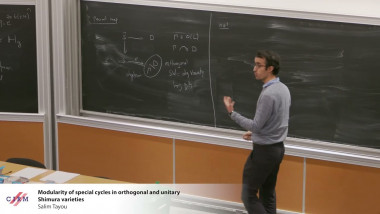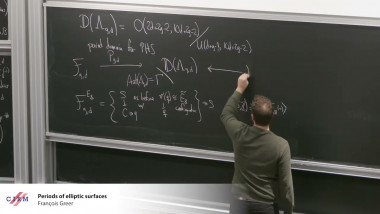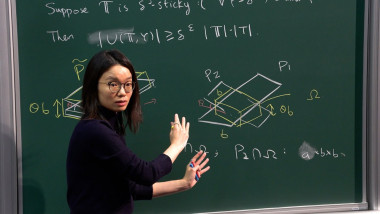Whittaker vectors and holomorphic representations
Joint work with Jahn Frahm and Bent Ørsted, Aarhus University.
One of the fundamental problems in representation theory and abstract harmonic analysis is the decomposition of induced representations, in particular the decomposition of $L^2(G/H)$ for a closed subgroup $H$. This is quite well understood if $G$ is reductive and $H$ is a symmetric subgroup. Somewhat antipodal to reductive subgroups are unipotent subgroups $N \subseteq G$. In this case, the theory becomes richer if we allow to induce from a generic unitary character $\psi : N \rightarrow T$ and denote $L^2 (G/N, \psi) = \mathrm{Ind}^G_N (\psi)$. For a maximal unipotent subgroup, the Plancherel formula for $L^2 (G/N, \psi)$, also called Whittaker Plancherel formula, was obtained by Harish-Chandra, Wallach and van den Ban. The Whittaker Plancherel formula is formulated in terms of Whittaker vectors which are $N$-covariant distribution vectors. Whittaker vectors also play an important role in analytic number theory, where they are used to expand automorphic forms into generalized Fourier series. In particular, Whittaker vectors on holomorphic discrete series representations are important in the study of holomorphic automorphic forms on Hermitian groups.
We give a quite explicit construction of Whittaker vectors in the case where $N$ is the unipotent radical of the minimal Siegel parabolic subgroup $P = MAN$ with $N$ abelian, and $\psi$ is a non-degenerate unitary character on $N$. We also construct an embedding of the holomorphic discrete series into $L^2 (G/N, \psi)$ in the case where $G/K$ is a tube domain and determine the multiplicity of those representations in $L^2 (G/N, \psi)$. Finally we realize the contribution of the holomorphic discrete series as a Hardy space of holomorphic functions on a $G$-invariant complex domain in $G_{\mathbb C}/N_{\mathbb C}$ containing $G/N$ as in the boundary.












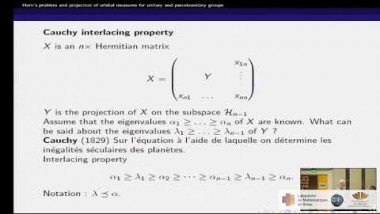
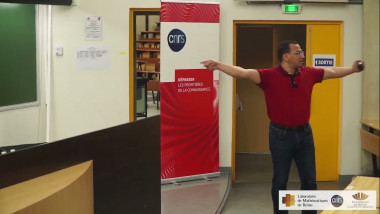
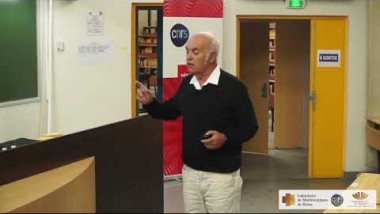
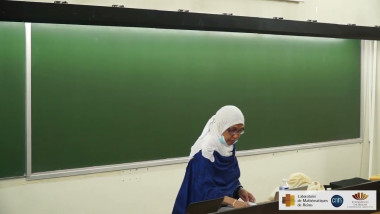
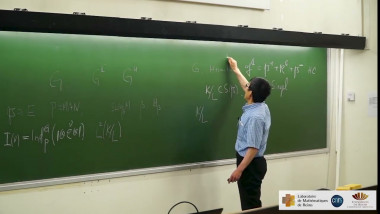


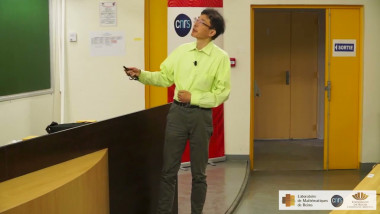
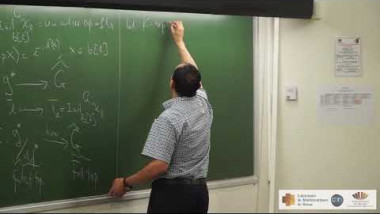

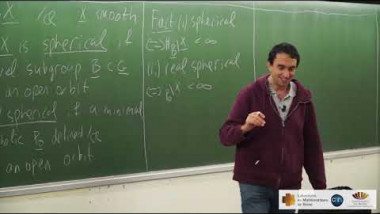

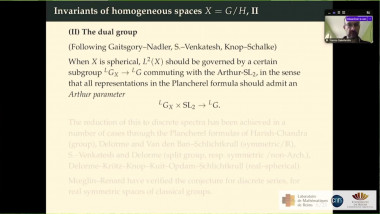
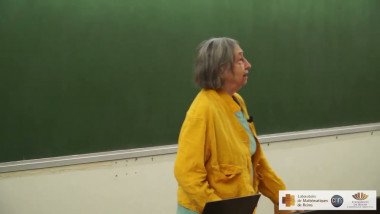
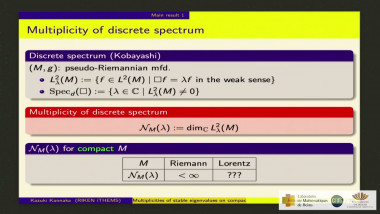
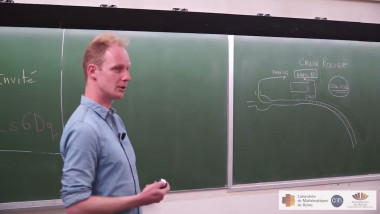
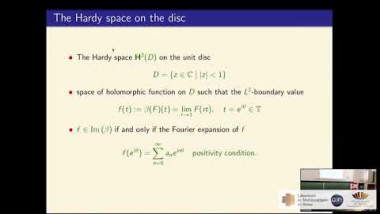
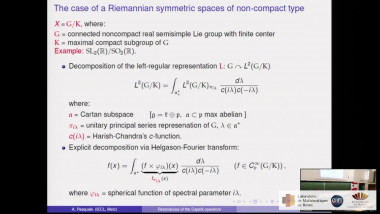
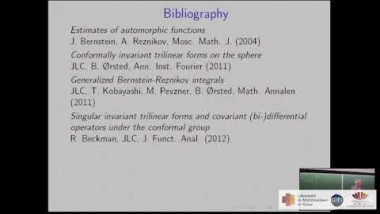
![[1244] Minimal surfaces via equivariant eigenvalue optimization](/media/cache/video_light/uploads/video/SeminaireBourbaki.jpg)

